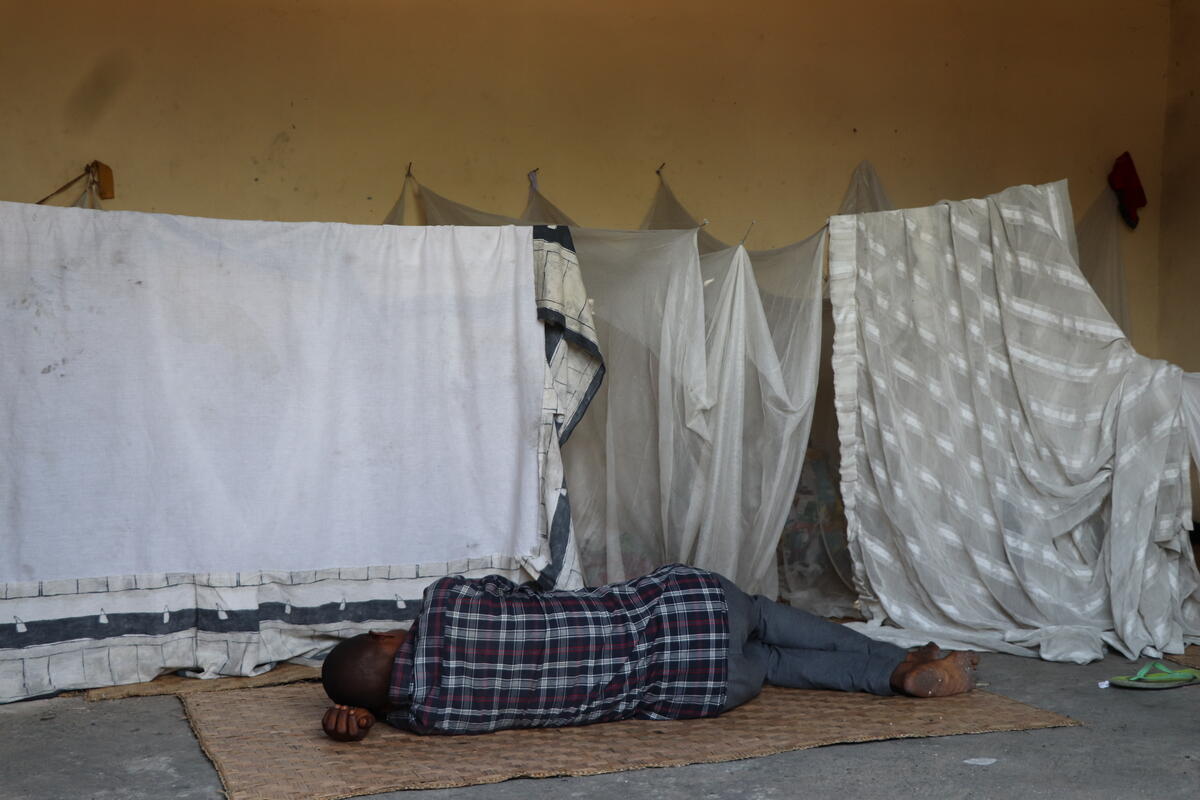Refugee movements in South East Asia decrease, but threats on their journey rise
Refugee movements in South East Asia decrease, but threats on their journey rise

Refugee movements in South East Asia dropped sharply over the 18 months between January 2018 and June 2019, but the threats for those fleeing violence and persecution are higher, according to a report released by UNHCR, the UN Refugee Agency, in Bangkok today.
Rohingya remained the largest refugee group on the move in this region. Nearly 18,000 were registered as new arrivals in Bangladesh during the period covered by the report. Most of these refugees arrived in early 2018, following the peak of displacement in late 2017 when an estimated 700,000 Rohingya fled from Myanmar.
Another 1,597 refugees and asylum-seekers embarked on dangerous maritime journeys in the Bay of Bengal and Andaman Sea during the same 18-month period. At least 15 of them drowned or went missing. Both the data on deaths at sea and the scope of the maritime movement are based on available data from various sources. But these figures are likely to be very conservative, given that the mixed maritime movements are by nature clandestine. This makes data verification so much harder.
In previous years, smugglers were to blame for the majority of deaths. People were beaten to death or shot or deprived of food and water. Since early 2018 the primary cause of death or disappearance at sea has been a result of shipwrecks or boats in distress getting lost at sea. Many of these boats set sail without experienced crews and were not built, equipped or maintained for long journeys at sea.
Refugees’ testimonies gathered by UNHCR in 2019 also highlight the physical abuse by smugglers, often inflicted to extort ransoms from relatives or to enforce order and prevent demands for water and food during the irregular journey. Women and girls, especially those travelling on their own, were particularly at risk of rape and abuse. Of the refugees who had fled by land or sea more than 20 years ago, more than half said their journey was difficult but not life-threatening, but all those who had fled over last five years said they feared for their lives and described their journeys as hazardous or dangerous/very dangerous.
Meanwhile, across the rest of the region, small numbers of refugees have engaged in secondary movements from their initial country of asylum to another country. Physical threats, inability to meet basic needs, fears of deportation, tensions with the host community or lack of education opportunities were most commonly identified by refugees as triggers for their secondary displacement.
UNHCR is calling on all countries in this region and beyond to expand opportunities for solutions through safe and legal pathways. Such measures can help reduce the likelihood that refugees will risk desperate and dangerous journeys or be forced into the hands of criminal smuggling networks to find protection or reunite with their families.
It is critical that states in the region support efforts to ensure a more coordinated and predictable regional response for rescue at sea and disembarkation, in line with the commitments made in the 2016 Bali Declaration.
The report can be downloaded here:
For more information on this topic, please contact:
- In Bangkok, Caroline Gluck, [email protected], +66 81 827 0280
- In Bangkok, Catherine Stubberfield, [email protected], +66 665 929 8062









